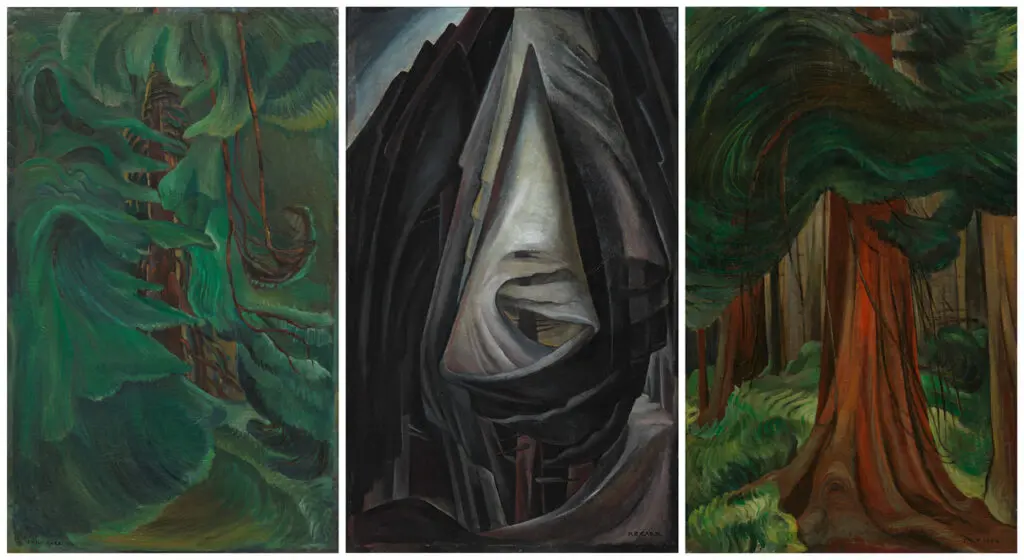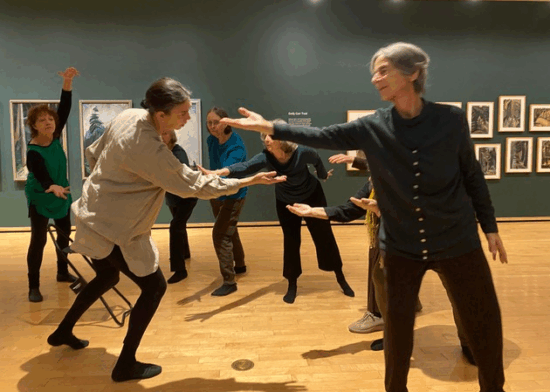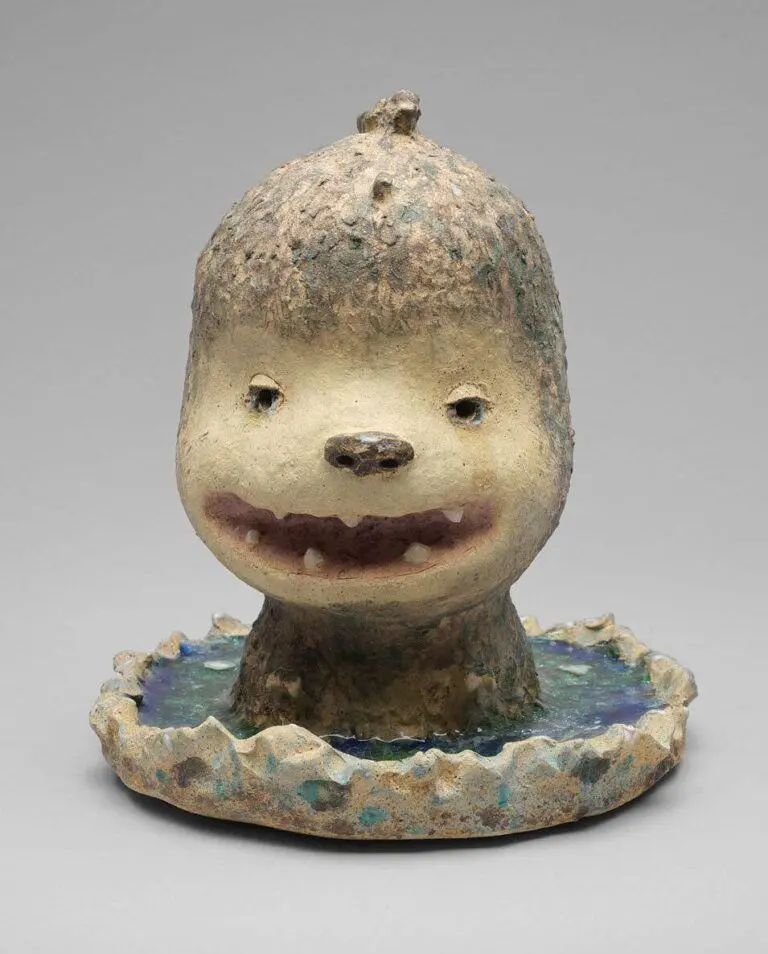
That Green Ideal: Emily Carr and the Idea of Nature
February 6–November 8, 2026

(From left to right:) Emily Carr, Cedar, 1942, oil on canvas, Collection of the Vancouver Art Gallery, Emily Carr Trust, VAG 42.3.28; Grey, 1929–1930, oil on canvas, Private Collection; Red Cedar, 1931, oil on canvas, Collection of the Vancouver Art Gallery, Gift of Mrs. J. P. Fell, VAG 54.7
That Green Ideal: Emily Carr and the Idea of Nature is the largest solo exhibition of iconic British Columbia artist Emily Carr (1871–1945) at the Vancouver Art Gallery in over twenty years. It explores in-depth the artist’s obsession with the landscape of the Pacific Northwest, using close analysis of her paintings and writings to investigate how she understood nature and her relationship to it. The exhibition argues that Carr’s landscapes exist at the intersection between an experience of nature and an idea about how to transmit that experience through a painting, with the goal of expressing a divine essence in nature. It teases out the tension between individual and local references and the larger ideas and philosophies about nature in Western cultural traditions.
Like all landscape paintings, Carr’s are the product of an artist’s encounter with an observable reality that is then processed through the assumptions and choices made in selecting and depicting what they have seen. In Carr’s case, she was both a careful observer and someone primed by a tradition going back to eighteenth-century Romanticism that seeks spiritual transcendence in communion with nature. Indeed, it was her studies in Europe and encounters with modernist painting that opened her practice to the formal language she would use to depict the forests of BC in a way that has influenced most subsequent artistic representations of this province’s landscape.
This exhibition also examines how some of Carr’s representation of Indigenous subjects—particularly villages and totem poles set within landscapes—sit in relation to ideas of the late nineteenth and early twentieth centuries that tend to conflate Indigenous cultures with nature. This provides Carr not only with an opportunity for encounters with radical cultural differences, but also a challenge in being able to see Indigenous cultures in their own terms, rather than as a site of identification and projection.
Related Events
- Seniors

Art of Wellbeing for Seniors | That Green Ideal: Emily Carr and the Idea of Nature
Wed Feb 18–Wed Mar 4, 2026Vancouver Art Gallery



